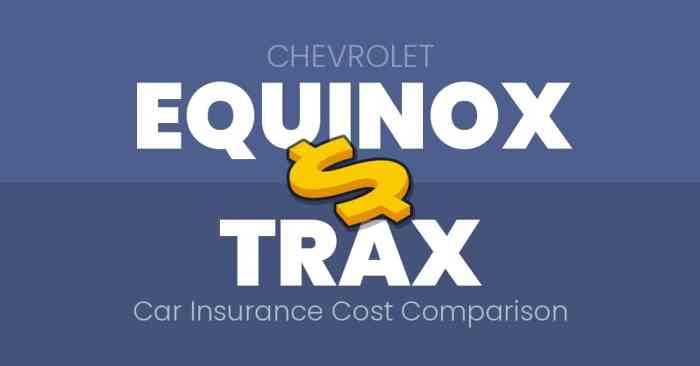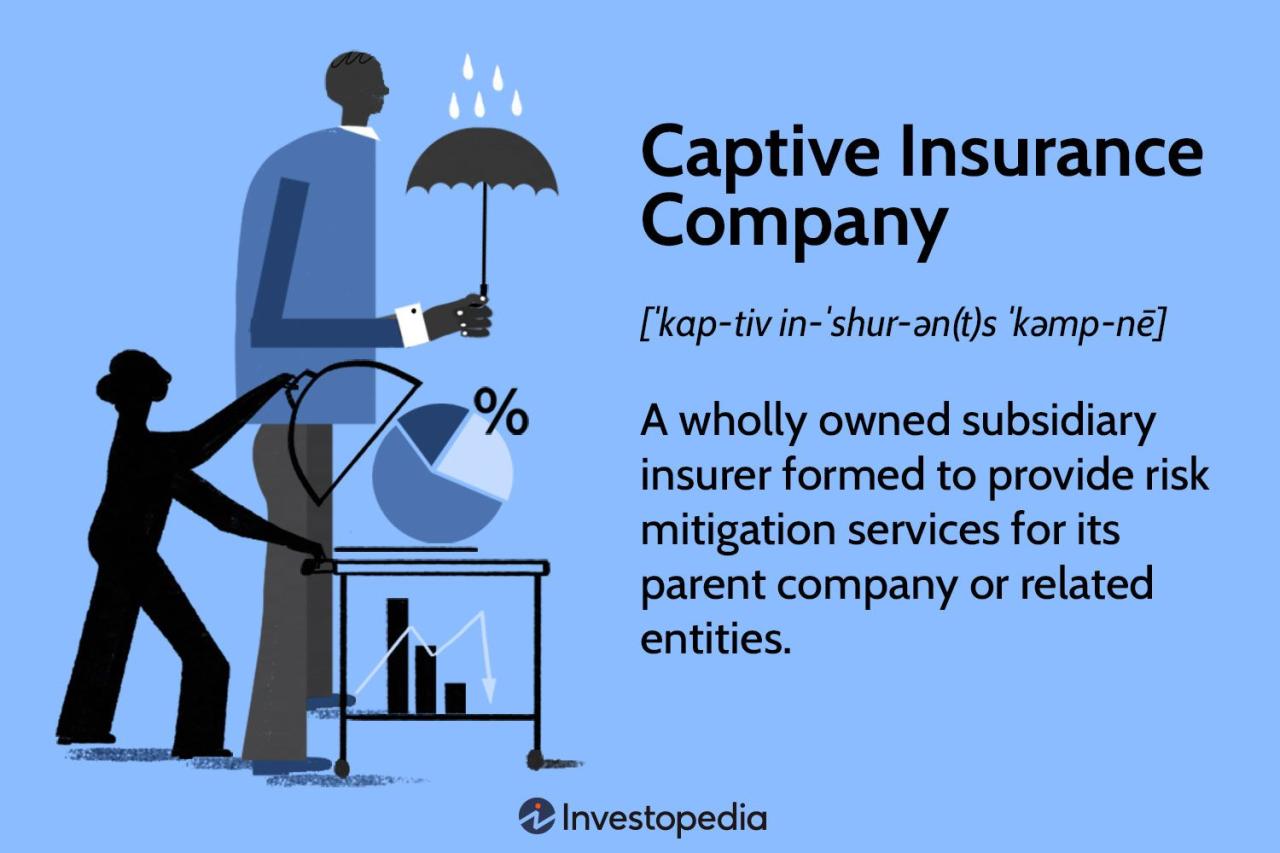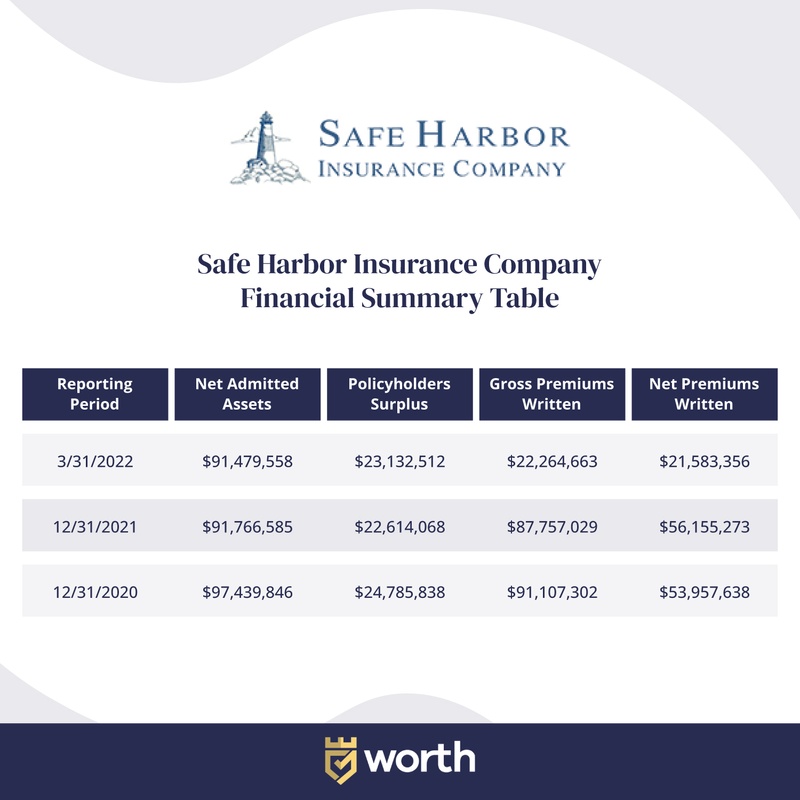In the vast and often turbulent sea of insurance, Ocean Harbor Insurance Company stands as a beacon of security, offering a comprehensive range of products and services designed to protect individuals and businesses from life’s uncertainties. Founded on a bedrock of stability and customer-centric values, Ocean Harbor has carved a niche for itself as a trusted partner in navigating the choppy waters of risk. From its humble beginnings, Ocean Harbor has grown into a prominent player in the insurance industry, consistently adapting to evolving market demands and technological advancements. The company’s commitment to innovation and customer satisfaction is evident in its diverse product offerings, encompassing everything from traditional auto and homeowners insurance to specialized solutions tailored to specific industries and needs. Ocean Harbor Insurance Company Overview Ocean Harbor Insurance Company is a leading provider of insurance products and services, with a rich history of serving the needs of individuals and businesses. The company has a strong commitment to its customers, employees, and the communities it serves. Company History Ocean Harbor Insurance Company was founded in 1985 by a group of experienced insurance professionals. The company’s initial focus was on providing property and casualty insurance to businesses in the Southeast. Since then, Ocean Harbor has expanded its product offerings and geographic reach, becoming a national insurance provider. Mission Statement and Core Values Ocean Harbor Insurance Company’s mission is to provide its customers with peace of mind by offering comprehensive insurance solutions and exceptional customer service. The company’s core values guide its operations and decision-making: Customer Focus: Ocean Harbor is committed to providing its customers with personalized service and solutions that meet their unique needs. Integrity: The company operates with the highest ethical standards and transparency in all its dealings. Innovation: Ocean Harbor continuously seeks new ways to improve its products, services, and processes. Teamwork: The company values collaboration and communication among its employees to achieve common goals. Community Involvement: Ocean Harbor is dedicated to supporting the communities it serves through charitable contributions and volunteerism. Target Market and Insurance Products Ocean Harbor Insurance Company serves a diverse range of customers, including individuals, families, and businesses. The company offers a comprehensive suite of insurance products, including: Property Insurance: Protecting homes, businesses, and other real estate from damage caused by fire, theft, natural disasters, and other perils. Casualty Insurance: Covering liability for personal injuries or property damage caused by accidents. Auto Insurance: Providing coverage for damage to vehicles and liability for accidents. Life Insurance: Offering financial protection for beneficiaries in the event of the insured’s death. Health Insurance: Providing coverage for medical expenses and health-related services. Business Insurance: Protecting businesses from various risks, including property damage, liability claims, and employee-related issues. Insurance Products and Services Ocean Harbor Insurance Company offers a comprehensive suite of insurance products designed to meet the diverse needs of its customers. The company’s offerings span personal, commercial, and specialized insurance lines, providing protection against a wide range of risks. Personal Insurance Ocean Harbor Insurance Company offers a variety of personal insurance products to protect individuals and their families from financial hardship due to unexpected events. Homeowners Insurance Homeowners insurance provides financial protection against damage or loss to a homeowner’s dwelling and personal property. This coverage includes protection against perils such as fire, theft, vandalism, and natural disasters. Coverage Options: Homeowners insurance policies typically offer various coverage options, including dwelling coverage, personal property coverage, liability coverage, and additional living expenses coverage. Benefits: Homeowners insurance offers peace of mind knowing that your home and belongings are protected against unforeseen events. It can help cover the costs of repairs, replacement, and legal expenses in the event of a covered loss. Auto Insurance Auto insurance provides financial protection against financial losses arising from accidents, theft, or damage to a vehicle. Coverage Options: Auto insurance policies typically include liability coverage, collision coverage, comprehensive coverage, and uninsured/underinsured motorist coverage. Benefits: Auto insurance protects drivers and their passengers from financial ruin in the event of an accident. It can help cover the costs of medical expenses, property damage, and legal fees. Renters Insurance Renters insurance provides coverage for personal property and liability risks for tenants residing in rented properties. Coverage Options: Renters insurance typically includes coverage for personal property, liability, and additional living expenses. Benefits: Renters insurance offers protection against losses to personal belongings and provides liability coverage for injuries or damages that may occur on the rented premises. Commercial Insurance Ocean Harbor Insurance Company offers a range of commercial insurance products to protect businesses from various risks. Commercial Property Insurance Commercial property insurance provides coverage for businesses against damage or loss to their buildings, structures, and contents. Coverage Options: Commercial property insurance policies typically offer coverage for building damage, business personal property, business interruption, and liability. Benefits: Commercial property insurance helps businesses recover from financial losses due to property damage or loss, ensuring business continuity and protecting their assets. General Liability Insurance General liability insurance protects businesses from financial losses arising from third-party claims of bodily injury or property damage. Coverage Options: General liability insurance policies typically provide coverage for bodily injury, property damage, advertising injury, and personal injury. Benefits: General liability insurance provides businesses with legal defense and financial protection against lawsuits and claims, ensuring their financial stability. Workers’ Compensation Insurance Workers’ compensation insurance provides coverage for employees who suffer work-related injuries or illnesses. Coverage Options: Workers’ compensation insurance policies typically provide coverage for medical expenses, lost wages, and disability benefits. Benefits: Workers’ compensation insurance protects businesses from financial losses due to employee injuries or illnesses, fostering a safe and secure work environment. Specialized Insurance Ocean Harbor Insurance Company offers specialized insurance products tailored to meet the specific needs of certain industries and individuals. Cyber Liability Insurance Cyber liability insurance protects businesses from financial losses arising from cyberattacks, data breaches, and other cyber-related incidents. … Read more



